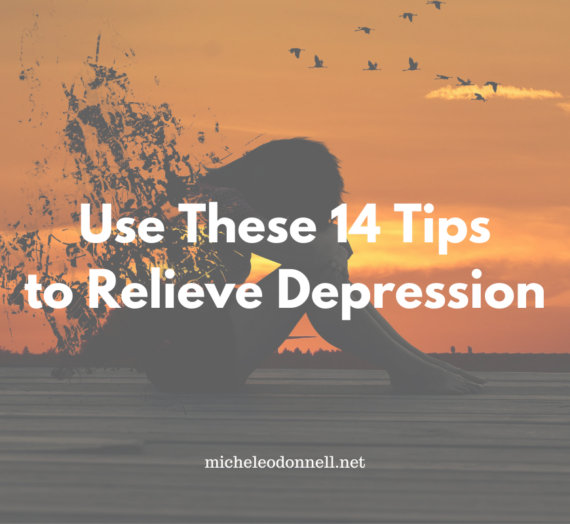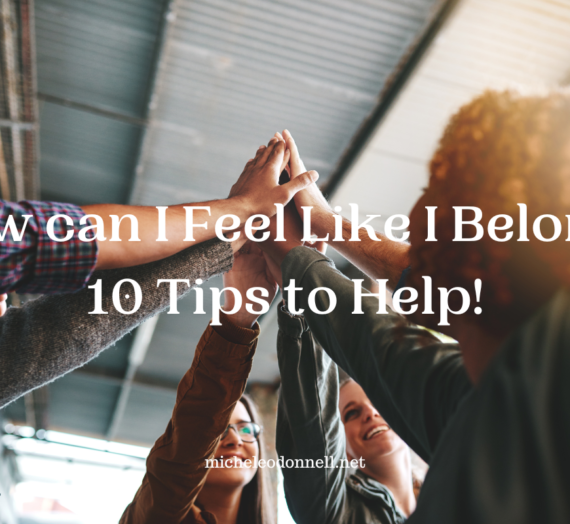In today’s newsletter, we’ll be diving into the transformative power of mindfulness practices.
We will discuss what exactly mindfulness means, the benefits for you, and ways to incorporate this into your life. Later on in this newsletter, I’m going to explain a quick breathing exercise to give you a reset anytime you need it. So, keep reading!
Whether you’re seasoned at mindfulness or just starting out, this is for you!
Introduction to Mindfulness
Mindfulness? What does that mean to you?
Some say it’s just as the word implies: being mindful and aware of what is going on around you. Others have a more detailed definition.
According to the Oxford English Dictionary, mindfulness is defined as: a mental state achieved by focusing one’s awareness on the present moment, while calmly acknowledging and accepting one’s feelings, thoughts, and bodily sensations, used as a therapeutic technique.
In addition, the website mindful.com mindfulness is described as: the basic human ability to be fully present, aware of where we are and what we’re doing, and not overly reactive or overwhelmed by what’s going on around us.
This is in alignment with what the author, Eckhart Tolle, suggests on being the silent observer of your surroundings, what is going on around you, and your inner feelings and reactions.
So being mindful is being fully aware of your inner self, your feelings, what is going on around you, and being fully aware of every activity you are engaged in. This awareness is acute and observant.
You might think that we as adults are in this state naturally. But I can tell you based on my own experience that we go about our activities thinking of all the other things we must get done.
I’ll give you an example.
Have you ever walked into a room in your house with the intent on doing something, but for the life of you, you can’t remember why? Well, that’s because your mind was engaged in a million other thoughts along the way to that room and none of which were focused on your intention.
Think of how much time you would save if you were focused on the tasks that you were doing at the moment you were doing them.
So, what other benefits can be had by being mindful?
Benefits of Mindfulness
The benefits of being mindful are numerous.
Here are just 10 benefits:
- Reduced Stress: Mindfulness and meditation can significantly lower your stress levels by helping you respond more calmly to life’s challenges.
- Improved Focus: Regular practice can enhance your concentration and attention span.
- Emotional Well-being: These practices can help you manage your emotions, leading to a more balanced and positive outlook on life.
- Better Sleep: Many people find that mindfulness and meditation improve their sleep quality.
- Enhanced Self-Awareness: By tuning into your thoughts and feelings, you can gain a deeper understanding of yourself and your patterns of behavior.
- Boosts our immune system: This might go hand in hand with better sleep and emotional well-being.
- Increases positive emotions: Positive emotions are fostered by being the silent observer, recognizing patterns, and not reacting. Also, when we are feeling great, we are more positive.
- Decrease negative emotions: When you are more positive there is less room for negativity.
- Fosters compassion: Our neural networks involved in understanding the suffering of others and regulating our own emotions are increased thereby feeling more compassion for others.
- Improves memory: Increased density of gray matter in our brains are linked to learning and memory.
Mindfulness has many benefits. In addition to all of this, it will help you deal with stress, learn coping skills, and have a better outlook on life.
How to Practice Mindfulness
So, how do you get started? Let’s go through some simple steps:
- Find a Quiet Space: Choose a quiet and comfortable place where you won’t be disturbed.
- Get Comfortable: Sit or lie down in a comfortable position. Close your eyes if it feels right.
- Focus on Your Breath: Start by taking deep breaths. Pay attention to the sensation of the breath entering and leaving your body.
- Observe Your Thoughts: As you breathe, notice any thoughts that arise. Instead of engaging with them, simply observe them and let them pass.
- Be Patient: Your mind will wander, and that’s okay. Gently bring your focus back to your breath each time it happens.
Let’s Practice!
Let’s try a quick one-minute mindfulness exercise together. Close your eyes, take a deep breath in, and exhale slowly. Now notice the rise and fall of your chest for 10 seconds. If your mind wanders, gently bring it back to your breath. Do this for another 10 seconds. Take one more deep breath in, and exhale. Do this for 1 minute and then open your eyes when you’re ready.
This short exercise is considered breathwork. There are many different breathwork techniques. Breathing correctly helps our nervous system and helps us focus by providing much needed oxygen to our brains.
You can also try Meditation -which is a great way to start calming down and regulating your nervous system. It allows your mind to quiet down, relax, and learn to be with yourself with no judgements and mind chatter.
We discussed what mindfulness is, what the benefits are, did a short breathwork exercise and discussed how meditation can help with being mindful.
But Mindfulness isn’t just something you practice during breathwork or meditation. You can integrate it into your daily life.
Here are a few tips:
Integrating Mindfulness into Daily Life
Mindful of your Body: You can start by turning your attention to each part of your body such as your feet, toes, hands, fingers, and legs. Wiggle them about. Expand that idea to your senses. What are you feeling? Smelling? Seeing? Hearing?
Mindful Eating: Pay attention to the taste, texture, and smell of your food.
Mindful Walking: Notice the sensation of your feet touching the ground and the rhythm of your steps.
Mindful Listening: Truly listen to others without planning your response while they’re speaking.
Expand that further to what is going on in your surroundings, workplace, community, and universe.
Resources and Further Learning
If you’re interested in exploring mindfulness and meditation further, here are some resources:
- Apps: Headspace, Calm, Insight Timer
- Books: “The Miracle of Mindfulness” by Thich Nhat Hanh, “Wherever You Go, There You Are” by Jon Kabat-Zinn
- Courses: Look for local meditation centers or online courses
Don’t forget that I also offer membership programs that help you on a daily basis.
I hope you found these tips helpful and feel inspired to incorporate mindfulness and meditation into your life. Remember, it’s all about taking small, consistent steps towards a more mindful and peaceful life.
Enjoy the journey!
Michele O’Donnell
Whenever you’re ready, there are 3 ways I can help you:
- Our Sancturary – Join this monthly membership for meditation, breathwork, journaling, etc. to help you manage your day and give you relief from the stress of life.
- The Power of You! – Join this intensive healing program designed for deep healing and finding your badass powerful self.
- Oracle of the Land – Join this monthly membership for living and being present for each month with contemplating activities.
For more information about each, just click on the links.




